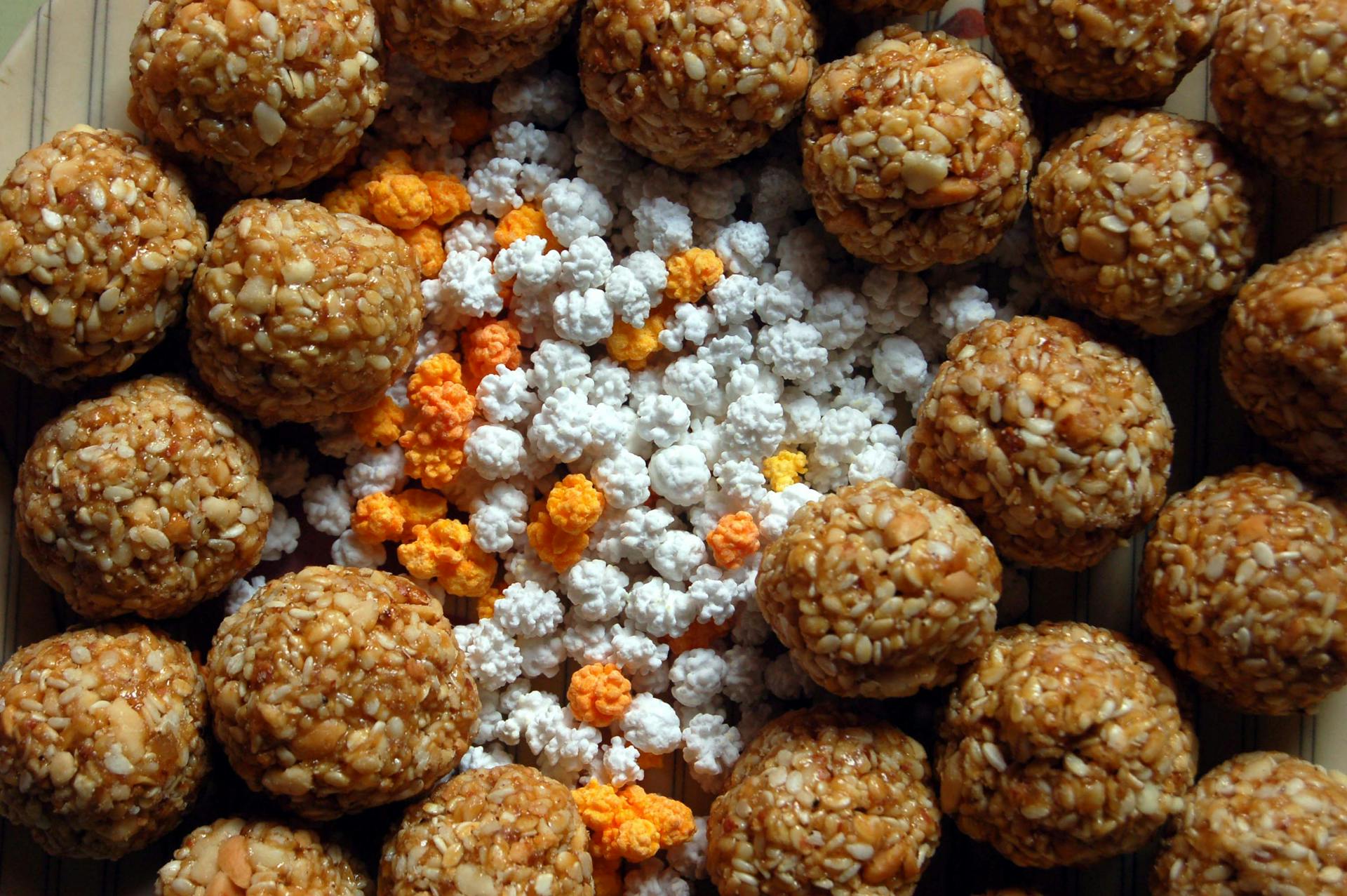Makar Sankranti

Introduction
Makar Sankranti, according to the Hindu calendar, marks the transition of the sun into the zodiacal sign of Makara (Capricorn) on its celestial path, which is the first change in the zodiac after the winter solstice. The festival is celebrated in various parts of the Indian subcontinent to observe the day which marks the shift of the sun into ever-lengthening days. The festival is a seasonal observance as well as a religious celebration. Makara Sankranti is a solar event making it one of the few Hindu festivals which fall on the same date in local calendars every year: 14 January, with some exceptions when the festival is celebrated on 15 January.
Makara or Makar Sankranti is celebrated in many parts of South Asia with some regional variations. It is known by different names and celebrated with different customs in different parts of the region. Sometimes, different festivals coincide on the same day such as Thai Pongal and Makar Sankranti.
Different Names of Makara Sakranti
In India it is known by different regional names-
- Suggi Habba, Makara Sankramana, Makara Sankranthi: Karnataka
- Makar Sankranti: Chhattisgarh, Goa, Odisha, Bihar, Jharkhand, Andhra Pradesh, Telangana, Kerala, Madhya Pradesh, Maharashtra, Manipur, Rajasthan, Sikkim, Uttar Pradesh, Uttarakhand, Bihar, West Bengal and Jammu
- Thai Pongal, Uzhavar Thirunal: Tamil Nadu
- Uttarayan: Gujarat
- Maghi: Haryana, Himachal Pradesh and Punjab.
- Magh Bihu or Bhogali Bihu: Assam
- Shishur Saenkraat: Kashmir Valley[9]
- Khichdi: Uttar Pradesh and western Bihar
- Poush Sangkranti: West Bengal
- Tila Sakrait: Mithil
In Maharashtra, on Makara Sankranti day people exchange multicoloured halwa (sugar granules coated in sugar syrup) and til-gul laadoo (sweetmeats made from sesame seeds and jaggery). Gulachi poli/puran poli (flat bread stuffed with soft/shredded jaggery mixed with toasted, ground til "white sesame seeds" and some gram flour, which has been toasted to golden in pure ghee, are offered for lunch. While exchanging til-gul as tokens of goodwill people greet each other with the words "तिळगुळ घ्या, आणि गोड-गोड बोला" meaning ‘Accept this til-gul (sweet) and utter sweet words’. The underlying thought in the exchange of til-gul is to forget the past ill-feelings and hostilities and resolve to speak sweetly and remain friends. The importance of sesame seeds is it keeps body warm and provide good oil, which is needed as winter dried up the moisture from body.
Day 1
Day 1 is known as Bhogi, day 2 as Sankrant and day 3 as Kinkrant/Kinkranti.
The story behind this festival is Sankarasur Rakshasa was very brutal indeed. And He started torturing and killing people. To finish off Sankarasur Goddess Sankranti appeared on the earth and killed Sankarasur. To celebrate the downfall of Sankarasur, people started festival Sankranti.
This is a special day for the women in Maharashtra when married women are invited for a get-together called ‘Haldi-Kunku’ (literally meaning turmeric-vermillion) and given gifts such as utensils, clothes etc. Typically, women wear black sarees or black coloured outfits on this occasion. The significance of wearing black is that Sankranti comes at the peak of the winter season and black colour retains and absorbs heat, helping keep warm.[citation needed] Maharashtra is also famous for kite flying on this special occasion.
Makara Sankranti is one of the most auspicious days for the Indians and is celebrated in almost all parts of India in myriad cultural forms, with great devotion. Millions of people take a dip in places like Ganga Sagar (the point where the river Ganges meets the Bay of Bengal) and Prayag and pray to the Sun God (Surya). It is celebrated with pomp in southern parts of India as Sankranti in Karnataka (Pongal in Tamil Nadu), and in Punjab as Maghi.
Makara Sankranti is also to honour, worship and to pay respect to Saraswati (Goddess of Knowledge). At the start of this significant event, there is worship for ancestors.
Makara Sankranti identifies a period of enlightenment, peace, prosperity and happiness followed by a period of darkness, ignorance and viciousness with immense sorrow. The six months of northern movement of the sun is followed by six months of southern movement.
Conclusion
Since the festival is celebrated in mid-winter, food prepared for this festival is such that it keeps the body warm and gives high energy. Laddu of til made with jaggery is a speciality of the festival. In the western Indian state of Maharashtra it is called 'Tilgud'. In Karnataka it is called 'Yellu-Bella'. In some states, cattle are decorated with colours and are made to jump over a bonfire.